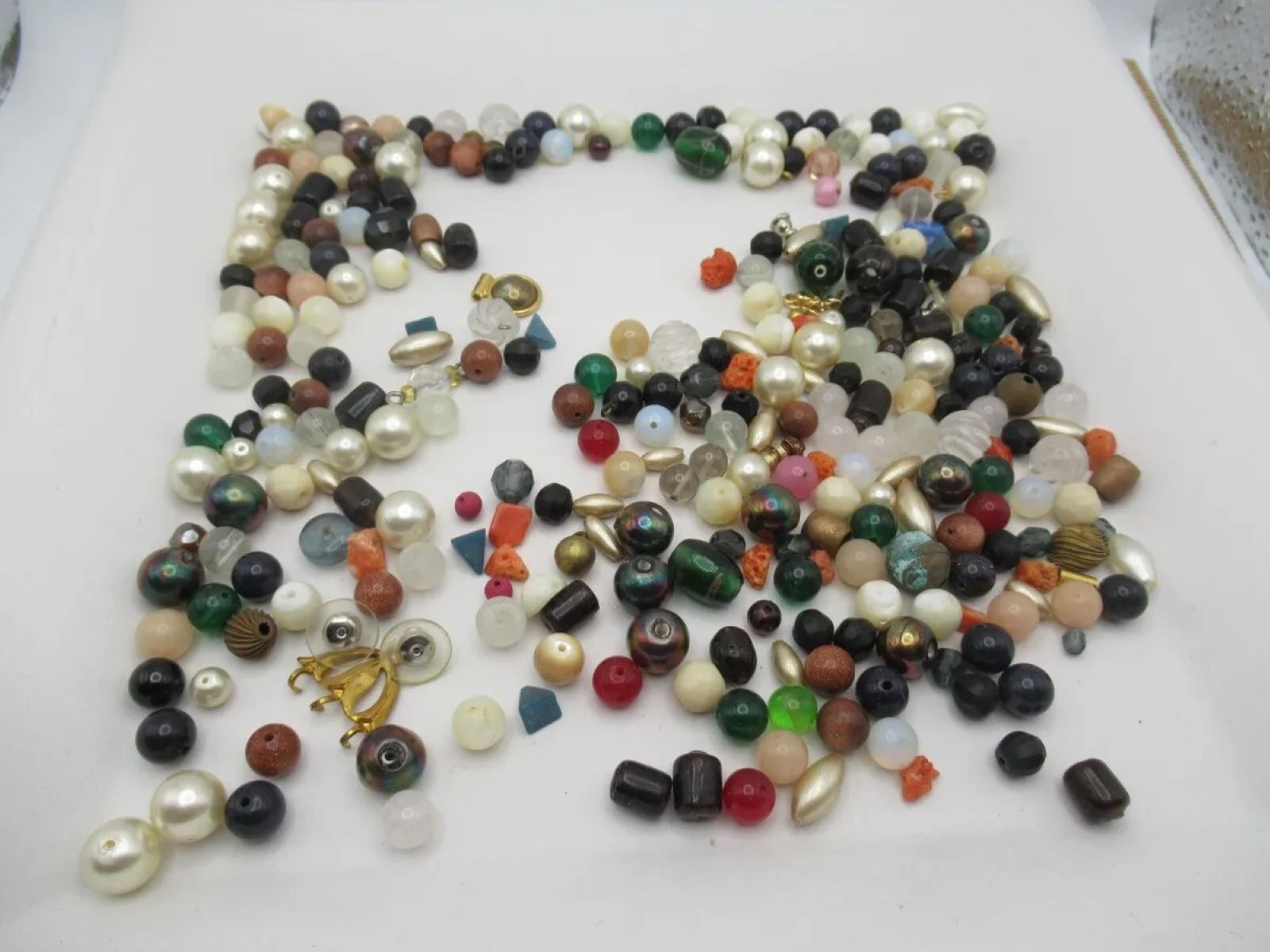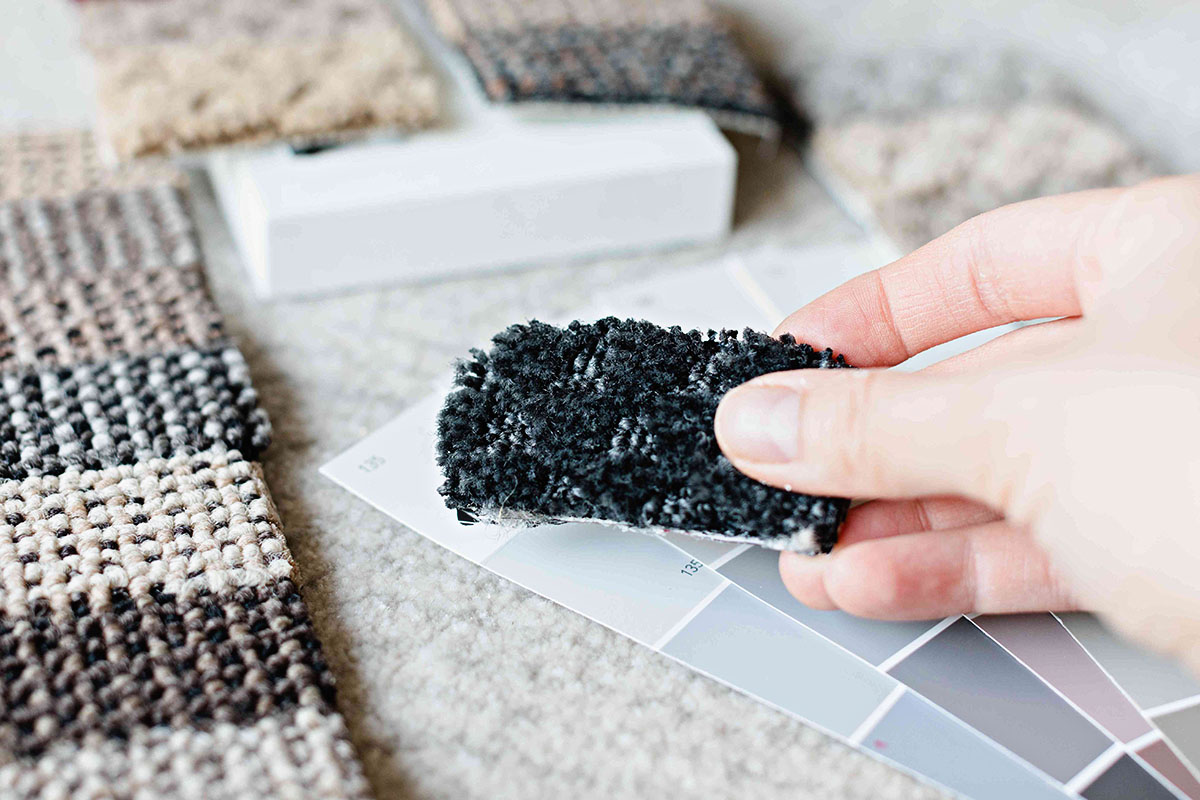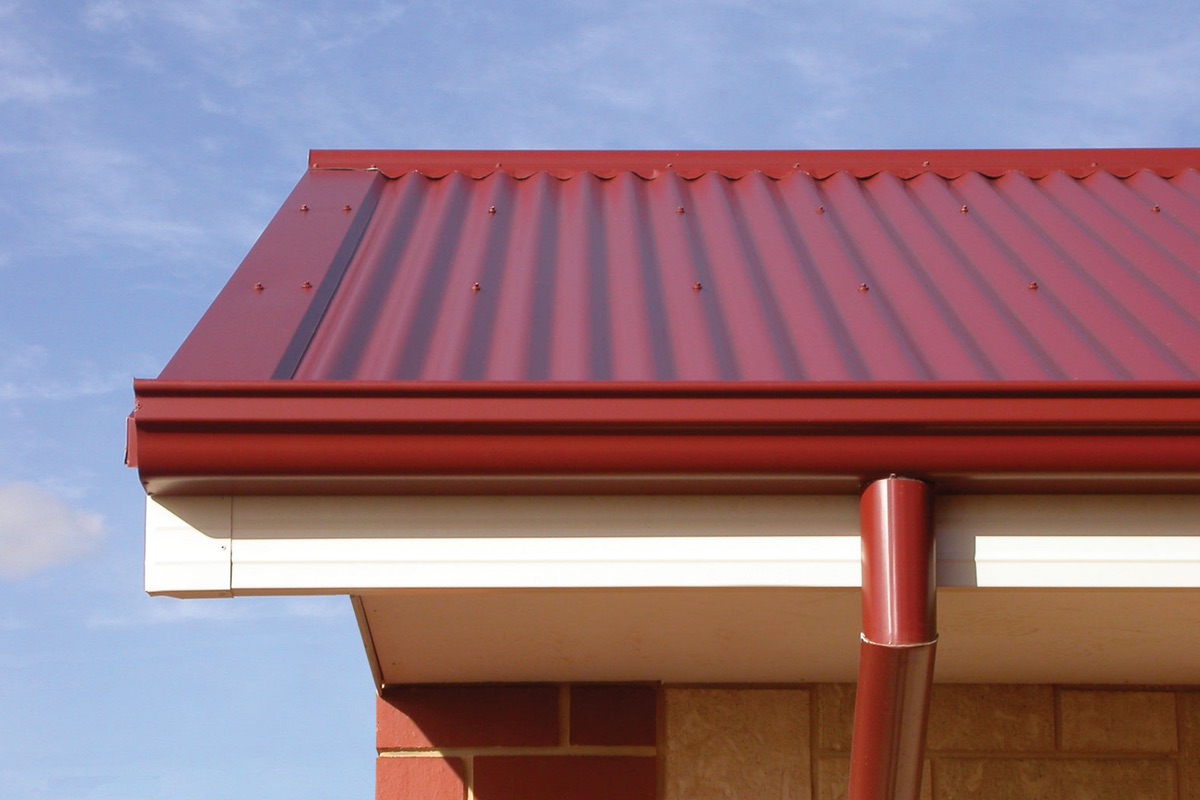Home>Interior Design>What Color Is Graphite?


Interior Design
What Color Is Graphite?
Modified: December 7, 2023
Discover the perfect palette for your interior design with graphite, a versatile and sophisticated color choice that adds depth and elegance to any space.
(Many of the links in this article redirect to a specific reviewed product. Your purchase of these products through affiliate links helps to generate commission for Storables.com, at no extra cost. Learn more)
Introduction
Welcome to the fascinating world of graphite! Graphite is a versatile and intriguing mineral known for its unique properties and wide range of applications. From its use as a lubricant to its electrical conductivity, graphite plays a crucial role in various industries.
In this article, we will delve into the depths of graphite, exploring its physical and chemical properties, as well as its applications in industry. So, let’s embark on this journey to unravel the mysteries of graphite and discover why it is such a remarkable substance.
But before we dive into the details, let’s start by understanding what exactly graphite is. Graphite is a crystalline form of carbon that occurs naturally in metamorphic rocks. It is composed of layers of carbon atoms arranged in a triangular lattice structure. These layers are held together by weak intermolecular forces, allowing them to easily slide over each other.
One of the most intriguing aspects of graphite is its color. Unlike the conventional black color associated with carbon, graphite actually appears gray in its purest form. This unique hue is a result of its structure, which allows it to absorb light and reflect only a small portion, giving it a distinct gray color.
Now that we have a basic understanding of graphite, let’s delve deeper into its physical and chemical properties to gain a comprehensive understanding of this incredible mineral.
Key Takeaways:
- Graphite’s unique properties, including its gray color, exceptional lubricating ability, and high thermal and electrical conductivity, make it a versatile and indispensable material across various industries.
- From its role in refractories and metallurgy to its applications in electronics, battery technology, and environmental remediation, graphite’s adaptability and contribution to shaping our modern world are truly remarkable.
Read more: What Color Is Taupe? How To Use This Color
Understanding Graphite
Graphite is a fascinating mineral with a wide range of properties that make it highly valued in various industries. To truly comprehend the significance of graphite, let’s explore its physical and chemical characteristics.
In terms of its physical properties, graphite has a unique structure characterized by layers of carbon atoms arranged in a hexagonal lattice. These layers are stacked on top of each other, with weak bonding forces between them. This gives graphite its characteristic slippery and lubricating feel, as the layers can easily slide over each other. It also imparts excellent thermal conductivity to graphite, making it an ideal material for applications where heat dissipation is required.
The chemical properties of graphite are equally intriguing. Graphite is composed solely of carbon atoms, arranged in a hexagonal lattice that creates strong covalent bonds within each layer. These bonds make graphite highly stable and resistant to chemical reactions, making it an excellent choice for use in harsh environments.
One of the remarkable properties of graphite is its ability to conduct electricity. In contrast to most non-metallic materials, graphite is an excellent conductor of electricity. This is due to the presence of delocalized electrons within the carbon layers, which can move freely and carry electric current. This property makes graphite an essential component in electronic devices, such as batteries and fuel cells.
Furthermore, graphite exhibits notable optical properties. It has a low refractive index, meaning it does not bend or scatter light significantly. Instead, it absorbs and reflects light selectively, contributing to its distinctive gray color. These optical properties make graphite useful in specialized applications, such as in optics and as a pigment in paints and coatings.
Now that we have a solid understanding of graphite’s physical and chemical properties, let’s explore some of its remarkable applications in different industries.
Physical Properties
Graphite possesses several fascinating physical properties that contribute to its wide range of applications. Let’s delve into these properties to gain a better understanding of the versatility of this remarkable mineral.
First and foremost, graphite has a unique structure composed of stacked layers of carbon atoms. These layers are held together by weak van der Waals forces, which allow them to slide over each other. This gives graphite its characteristic greasy and slippery feel. In fact, graphite is often used as a lubricant due to its excellent lubricating properties. It reduces friction and wear between moving parts, making it ideal for applications in machinery and automotive industries.
Another notable physical property of graphite is its exceptional thermal conductivity. Graphite can efficiently dissipate heat due to the high thermal conductivity of carbon atoms within its layers. This makes graphite a valuable material for applications that require heat dissipation, such as in heat sinks, electronic components, and thermal management systems.
Furthermore, graphite has a high melting point of around 3,500 degrees Celsius (6,332 degrees Fahrenheit). This property, combined with its heat resistance, makes graphite suitable for use in high-temperature applications. It is employed in industries such as aerospace, metallurgy, and nuclear power, where materials need to withstand extreme temperatures.
Graphite is also known for its low density, making it lightweight compared to many other materials. This characteristic, combined with its strength and stiffness, contributes to graphite’s use in various structural applications. It is commonly found in sporting goods like tennis rackets and golf clubs, as well as in aerospace structures, where lightweight materials are essential.
Moreover, graphite possesses an excellent resistance to corrosion, chemicals, and most acids and bases. This makes it an ideal choice for applications in aggressive and corrosive environments. Graphite is widely used in chemical processing, petroleum refining, and desalination plants, where durability and resistance to chemical attack are crucial.
In summary, the physical properties of graphite, including its lubricating ability, thermal conductivity, high melting point, low density, and corrosion resistance, contribute to its wide utilization across various industries. Whether it’s reducing friction, efficiently dissipating heat, or withstanding harsh conditions, graphite proves to be a highly versatile mineral with exceptional physical characteristics.
Chemical Properties
Graphite exhibits intriguing chemical properties that make it an invaluable material in numerous industries. In this section, we will explore the chemical characteristics of graphite, shedding light on its stability, reactivity, and applications.
First and foremost, graphite is composed solely of carbon atoms arranged in a hexagonal lattice structure. This arrangement forms strong covalent bonds within each layer of graphite, imparting remarkable stability to the mineral. Graphite can withstand high temperatures, pressures, and harsh chemical environments, making it an excellent choice for applications where chemical resistance is essential.
One of the most notable chemical properties of graphite is its resistance to oxidation. When exposed to air or oxygen, graphite forms a protective layer of carbon dioxide, which prevents further oxidation from occurring. This property makes graphite ideal for use in high-temperature applications, such as in refractory materials and crucibles used in metallurgical processes.
In addition, graphite has high chemical inertness, meaning it has a low reactivity with most chemical substances. This characteristic makes graphite suitable for use in chemical processing, where it can come into contact with corrosive acids, bases, and other chemicals. Graphite’s chemical stability and resistance to reactions allow it to withstand the harsh chemical environments present in industries such as petrochemicals and pharmaceuticals.
Graphite also exhibits exceptional resistance to acids and bases. It does not react or dissolve in most common acids or bases, including hydrochloric acid and sodium hydroxide. This resistance to chemical attack further extends the range of applications for graphite, ranging from laboratory vessels and chemical storage containers to components in the chemical manufacturing process.
Another fascinating chemical property of graphite is its ability to act as a catalyst in certain reactions. By modifying its surface properties, graphite can participate in chemical reactions, facilitating the conversion of reactants into desired products. This catalytic property of graphite is exploited in various industries, including chemical synthesis, pharmaceutical production, and environmental remediation processes.
In summary, the chemical properties of graphite, including its oxidation resistance, chemical inertness, resistance to acids and bases, and catalytic behavior, make it a highly versatile material in numerous chemical and industrial applications. The ability to withstand harsh chemical environments and remain stable under extreme conditions is a testament to the remarkable chemical characteristics of this mineral.
Graphite as a Lubricant
One of the most remarkable properties of graphite is its exceptional lubricating ability. Graphite has been widely used as a lubricant for centuries due to its unique structure and properties. Let’s explore how graphite functions as a lubricant and its various applications in the field.
The lubricating properties of graphite stem from its layered structure and weak van der Waals forces between the carbon layers. These layers can easily slide over each other, creating a low-friction surface. This property makes graphite an excellent solid lubricant that reduces friction and wear between moving parts.
When used as a lubricant, graphite forms a thin film or layer on the surface of the moving parts. This layer acts as a barrier, preventing direct contact between the surfaces and minimizing friction. This effect, known as “dry lubrication,” is especially beneficial in applications where the use of traditional liquid lubricants is not feasible or practical.
Another advantage of graphite as a lubricant is its ability to withstand high temperatures. Unlike many liquid lubricants that can evaporate or break down under extreme heat, graphite remains stable and retains its lubricating properties. This makes graphite an ideal choice for high-temperature applications, such as in engines, kilns, and industrial machinery.
The use of graphite as a lubricant extends to various industries. In automotive applications, graphite-based lubricants are commonly used in engines, transmissions, and brake systems. The low coefficient of friction and high thermal stability of graphite ensure smooth operation and reduce wear and tear of critical components.
Graphite lubricants are also widely employed in heavy machinery, manufacturing processes, and industrial equipment. They provide effective lubrication in high-pressure, high-temperature environments, minimizing friction-induced damage and extending the lifespan of the machinery.
Moreover, graphite’s inherent inertness and resistance to chemicals make it an excellent choice for lubrication in chemically aggressive environments. It can withstand the presence of corrosive substances, acids, and bases, making it suitable for use in chemical processing plants, refineries, and other corrosive environments.
In addition to its industrial applications, graphite-based lubricants have found their place in everyday consumer products. They are used in locks, door hinges, bicycle chains, and various household appliances to reduce friction and ensure smooth operation and longevity.
In summary, graphite’s unique layered structure and low-friction properties make it an exceptional material for lubrication in a wide range of applications. Its ability to withstand high temperatures, resist chemicals, and reduce wear and friction between moving parts have made graphite an indispensable element in the field of lubrication.
Graphite is a dark gray color, often described as a metallic or steely shade. It is the color of the mineral graphite, which is used in pencils and as a lubricant.
Read more: What Is The Color Of Brick
Electrical Conductivity of Graphite
Graphite is renowned for its remarkable electrical conductivity, which sets it apart from most non-metallic materials. Let’s delve into the electrical properties of graphite and explore its applications in the field of electrical conduction.
Graphite’s ability to conduct electricity can be attributed to its unique structure and the presence of delocalized electrons within its layers. In the carbon lattice of graphite, each carbon atom forms strong covalent bonds with three neighboring atoms, creating a hexagonal lattice structure. However, the fourth valence electron of each carbon atom is not involved in bonding, resulting in loosely held electrons that are free to move throughout the carbon layers.
These delocalized electrons are responsible for the excellent electrical conductivity displayed by graphite. They can move freely and conduct electric current through the layers of graphite, making it an ideal material for electrical applications.
Graphite’s electrical conductivity is highly valuable in various industries. It is commonly used as an electrode material in batteries, where it serves as a conductor for the flow of electric charge. The high conductivity of graphite enhances the efficiency and performance of batteries, enabling them to deliver power consistently.
In addition to batteries, graphite is extensively employed as a conductor in fuel cells, which generate electricity through the electrochemical reaction of hydrogen and oxygen. The excellent electrical conductivity of graphite facilitates the efficient transfer of electrons within the fuel cell, enhancing its overall performance.
Furthermore, graphite finds applications in electrical contact materials, such as carbon brushes and electrical contacts. These materials provide a reliable electrical connection and are used in a wide range of electrical devices and machinery, including motors, generators, and switches. Graphite’s high conductivity ensures minimal resistance and efficient transfer of electrical current in these applications.
Graphite is also utilized in the field of electronics, where it can be incorporated into circuitry as a conductor. It is employed in printed circuit boards (PCBs), where the conductive paths are etched onto a graphite substrate. The high electrical conductivity of graphite allows for the reliable and precise flow of electrical signals, making it an essential component in modern electronic devices.
Moreover, the thermal conductivity of graphite, coupled with its electrical conductivity, makes it valuable in applications where both heat dissipation and electrical conductivity are required. It is used in heat sink materials, which help dissipate excess heat from electronic components, ensuring their optimal functioning and prolonging their lifespan.
In summary, graphite’s exceptional electrical conductivity, owing to the presence of delocalized electrons within the layers, makes it a valuable material in numerous electrical and electronic applications. Whether it’s in batteries, fuel cells, electrical contact materials, or circuitry, graphite plays a vital role in enabling efficient electrical conduction and powering various devices and systems.
Optical Properties of Graphite
Graphite possesses intriguing optical properties that contribute to its unique appearance and make it useful in various applications. Let’s dive into the optical characteristics of graphite and explore its role in optics and other fields.
One of the noticeable optical properties of graphite is its gray coloration. Unlike the conventional black color associated with carbon, graphite appears gray due to its ability to selectively absorb and reflect light. When light strikes the surface of graphite, it is absorbed by the material, and only a small portion of the light is reflected back to our eyes. This selective absorption and reflection give graphite its distinct gray appearance.
Due to its low refractive index, graphite does not significantly bend or scatter light as it passes through the material. Instead, it allows light to pass through virtually unaffected, making it optically transparent. This property makes graphite suitable for optical applications where the transmission of light is desired, such as in lenses, prisms, and optical filters.
The optical transparency of graphite extends to a wide range of wavelengths, including visible, infrared, and ultraviolet light. This versatility makes it useful in various optical devices, such as spectroscopes and optical sensors, where it allows the analysis and detection of light across different frequency ranges.
Graphite’s optical properties also make it an excellent choice as a pigment in paints and coatings. By incorporating graphite particles into paints, a gray or metallic appearance can be achieved. This is commonly seen in automotive paints, where a metallic finish is desired, as well as in artistic paintings to create unique visual effects.
The unique optical properties of graphite also play a role in its use as a lubricant. When applied as a lubricating film, the thin layer of graphite reduces friction between surfaces by allowing them to slide smoothly over each other. This friction reduction is visually evident, as the lubricated surfaces exhibit a noticeable shine or luster.
Furthermore, graphite is an excellent conductor of heat, which is closely related to its optical properties. As graphite absorbs light, it converts the light energy into thermal energy, effectively dissipating heat. This property makes graphite valuable in thermal management applications, where it is used in heat sinks, thermal coatings, and other cooling systems.
In summary, graphite’s optical properties, including its gray coloration, optical transparency, and thermal conductivity, enable its diverse applications in optics, paints and coatings, and thermal management. Its ability to selectively absorb and transmit light, coupled with its thermal handling capabilities, make graphite a versatile material in various industries.
Industrial Applications of Graphite
Graphite’s unique properties and versatility have led to its extensive utilization in various industries. Let’s explore some of the key industrial applications where graphite plays a crucial role.
Refractories: Graphite finds extensive use in the manufacturing of refractory materials, which are employed in high-temperature environments like furnaces and kilns. Due to its high melting point, thermal conductivity, and resistance to chemical reactions, graphite is an ideal choice for lining and crucibles in these applications. It helps maintain stability and withstands the extreme conditions of heat and corrosion.
Metallurgy: In the field of metallurgy, graphite is utilized for various applications. It plays a significant role as an additive in steel production to enhance the material’s strength, machinability, and thermal conductivity. Graphite is also employed as a mold lubricant and a component of foundry coatings to improve metal casting processes by reducing metal-mold interaction and enhancing surface finish.
Electronics: Graphite’s excellent electrical conductivity makes it indispensable in the electronics industry. It is used as a conductor in printed circuit boards (PCBs) where it serves as the platform for mounting and connecting electronic components. Graphite’s thermal conductivity also makes it valuable in heat sinks and thermal management systems, dissipating excess heat generated by electronic devices.
Chemical Processing: Graphite’s resistance to chemicals and high temperature stability make it highly suitable for use in chemical processing applications. It is used in heat exchangers, reactors, and piping systems to handle and conduct corrosive chemicals. Moreover, graphite is utilized as an electrode material in electrolytic cells and electrochemical processes due to its high electrical conductivity and chemical inertness.
Lubrication: Graphite’s unique lubricating properties make it an ideal solid lubricant. It is employed in various applications to reduce friction and wear between moving parts, extending their lifespan. Graphite-based lubricants find use in machinery, automotive components, locks, and various industrial equipment.
Battery Technology: Graphite plays a critical role in the manufacturing of batteries. It is commonly used as an electrode material, particularly in lithium-ion batteries, due to its high electrical conductivity and ability to store and release energy efficiently. Graphite electrodes are also utilized in the production of aluminum, steel, and other metals by providing a stable surface for electrochemical processes.
Environmental Applications: Graphite is employed in environmental remediation processes such as water purification and air filtration. In water treatment, graphite electrodes are used in electrochemical oxidation processes to remove organic pollutants. Graphite-based filters and adsorbents are also utilized to capture and remove contaminants from air and water.
These are just a few examples of the many industrial applications where graphite is utilized. Its unique combination of properties, including high temperature resistance, electrical conductivity, chemical stability, and lubricating ability, makes graphite a versatile and valuable material across various industries.
Conclusion
Graphite is a truly remarkable mineral that possesses a wide range of properties, making it a valuable and versatile material across various industries. From its unique structure to its distinctive gray coloration, graphite has captivated scientists and engineers for centuries.
Through our exploration, we have come to understand the physical and chemical properties of graphite. Its layered structure allows for easy sliding, making it an exceptional lubricant. Its high thermal conductivity, excellent electrical conductivity, and resistance to corrosion make it suitable for applications in metallurgy, electronics, and chemical processing.
The optical properties of graphite, including its gray coloration and optical transparency, contribute to its use in optics, paints, and thermal management. Furthermore, graphite’s stability and conductivity make it an essential component in batteries, fuel cells, and environmental remediation processes.
Graphite’s widespread industrial applications demonstrate its versatility. It is utilized in refractories, metallurgical processes, electronics, chemical processing, lubrication, battery technology, and environmental applications. Its utilization extends from high-temperature environments to electronic devices, highlighting its adaptability.
In conclusion, graphite’s unique combination of physical, chemical, and optical properties makes it a valuable resource in various industries. Its contribution to the fields of lubrication, electrical conductivity, heat dissipation, and corrosion resistance cannot be overlooked. As technology advances and new applications emerge, graphite will continue to play an indispensable role in shaping the world around us.
So, the next time you pick up a pencil or see a high-performance electronic device, remember that behind those everyday objects lies the remarkable mineral known as graphite, quietly powering our modern world.
Frequently Asked Questions about What Color Is Graphite?
Was this page helpful?
At Storables.com, we guarantee accurate and reliable information. Our content, validated by Expert Board Contributors, is crafted following stringent Editorial Policies. We're committed to providing you with well-researched, expert-backed insights for all your informational needs.















0 thoughts on “What Color Is Graphite?”